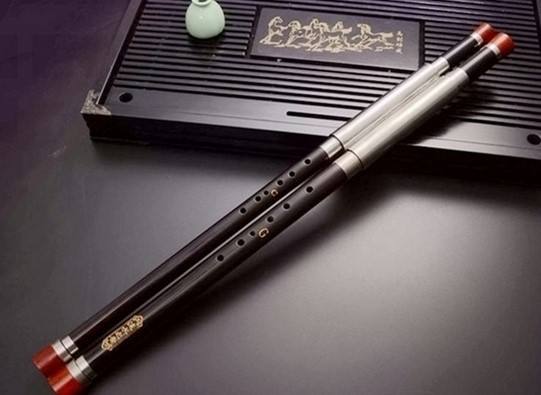Double-pipe Bau's Reform
Double-piped Bau is also known as double-eyed Bau. A single-reed air-sounding instrument of the Yi nationality. It is popular in Gejiu, Mengzi, Jianshui and other places in Honghe Hani and Yi Autonomous Prefecture of Yunnan Province.

In the early 1980s, Wu Aiguo from the Shanghai Conservatory of Music and Shen Yuqing from the Shanghai National Musical Instrument No. 1 Factory cooperated to jointly reform and develop the vertical double-pipe bau, changing the traditional two chord bau into two different bau. With the original timbre characteristics and without adding a button, the sound range is extended to nearly two octaves, and it can play two-tone and polyphony, and can be transferred, which significantly improves the expressiveness of Bau's music.
This different-toned double-tube bawu is composed of a blowing head socket, a tube body, a reed and a horn pad.
The blowing head sockets are two independent copper blowing pipes, the upper end is a curved mouthpiece, the lower end is provided with a socket for placing the pipe body, and the blowing head is equipped with copper reeds. There are horn pads sandwiched in between.
The two pipes are made of bamboo pipes with a relatively thin inner diameter, and the upper end is inserted into the blower socket. One is Bau in G key, with a range of b-e2; There are superimposed sound areas as wide as a major sixth, with as many as five repeating sounds.
 渝公网安备 50010702504639号
渝公网安备 50010702504639号